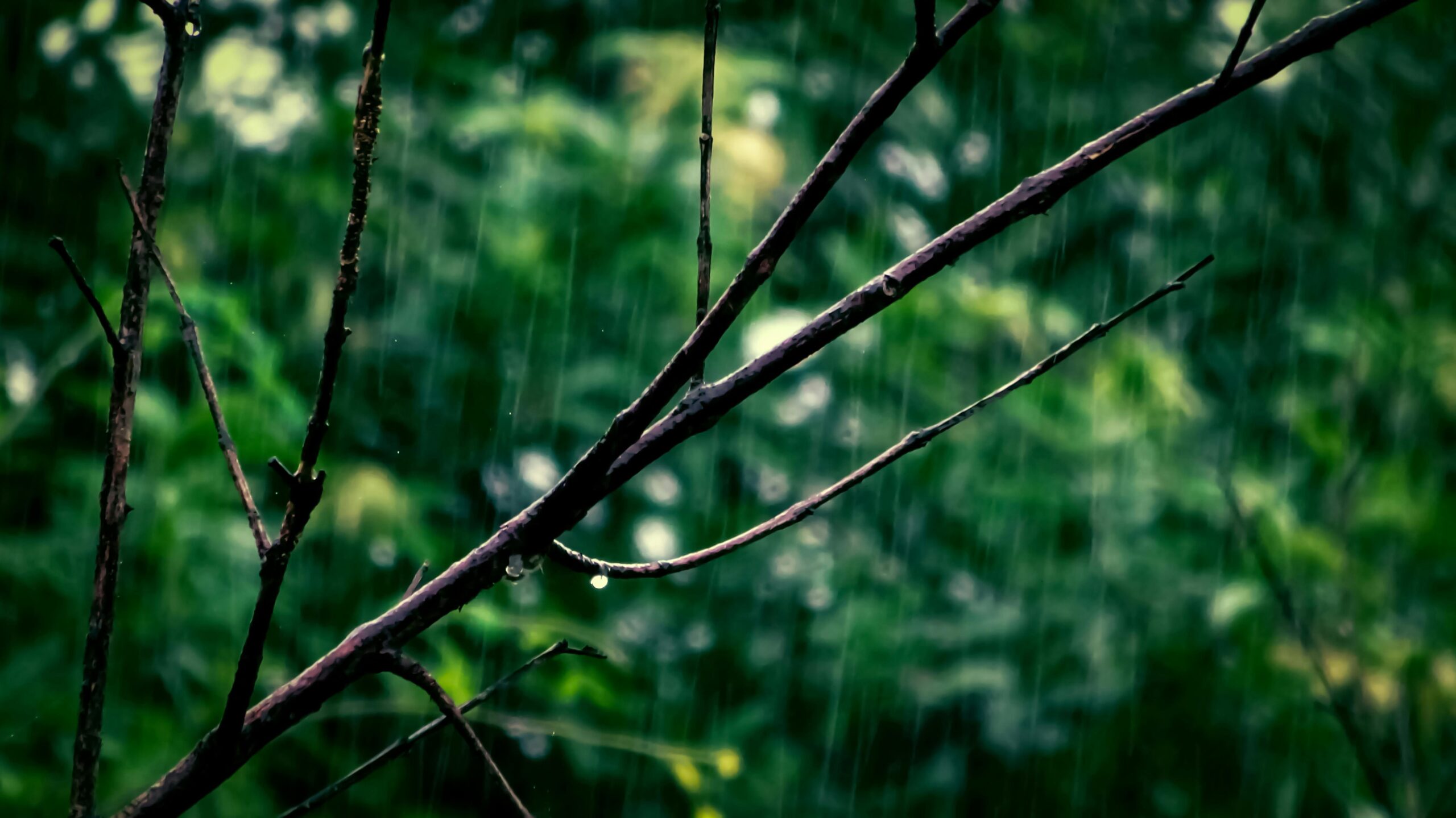As the monsoons arrives in north-west India (NWI), the driest of the four meteorological regions of the country can look forward to three months of good rainfall. The region has already experienced a wetter-than-normal May and June, preceded by its third hottest April on record. Coincidentally, these weather trends mirror the way summer is changing, with profound implications for the region’s population.
Analysis of rainfall and temperature data since 1901 reveals summer in the north is no longer as dry as it used to be and monsoon not as wet as it once was. The dry months (April-June) are getting more humid, and t he humid months (July-September) hotter. In short, the NWI summer is getting more unbearable. June has been considered a pre-monsoon month since the rain-bearing system normally arrives in the region late into the month.
APRIL-JUNE: Hot, But Wetter
If we look at data since 1901, on an average, all three months are getting wetter; with May showing the sharpest rise in rainfall. In 1950, according to the average of the previous 30 years, normal rainfall in May was 23.2mm. By 2025, this has risen to 34.3mm, an increase of nearly 50%. Normal rainfall in June has risen 25% from 65.6mm in 1950 to 82.2mm in 2024. The trend in April is similar — up 25% from 24.2mm in 1950 to 30.4mm in 2025 — although it remains the driest of the 3 months.
Now look at the temperature trends in these three months. In a warming world, we would expect these peak summer months to be getting hotter. But here’s the surprise. Except for April, the average maximum temperatures have been flat. Again, taking the average of the previous 30 years as normal, we find a significant rise of 1.2 C in April maximum temperatures in the past 75 years. In 1950, the normal maximum was 32.6 C, which had risen to 33.8 by 2025.
In May and June, the average maximum temperatures haven’t changed much during this period.
WHAT THIS MEANS:
The relatively dry month of April is getting hotter, while increased rainfall and perhaps greater pollution are preventing temperatures from rising in May and June. The latter remain the hottest months of the year. A warmer April means summer is generally arriving earlier in the region. And, significantly, higher rainfall implies that we are seeing more humid heat in the pre-monsoon months.
JULY-SEPTEMBER: WARMER, AND LESS RAIN
Trends since 1901show that rainfall in NWI during the monsoon months of July, August and September is decreasing. The sharpest decline is seen in August, which was once the wettest month of the year in the region.
Taking the previous 30 year’s data as normal rainfall from an average of 213 mm in 1950 to 188 mm in 2024, a drop of nearly 12%. The corresponding fall in July rainfall is 10% (219.6mm in 1950 to 197.5 mm in 2024) and in Sept 9% (111.8mm to 101.5mm).
To be sure, the decline in monsoon rain has corresponded with a rise in temperatures. The increase is steeper in August and September. In August, average temperatures have risen by around 0.75 C since 1950 while September on average has become 0.7 C warmer during this period. In July, maximum temperatures have risen by a little more than half a degree since 1950.
WHAT THIS MEANS:
The southwest monsoon appears to be getting weaker in northwest India although there’s sure to be variation within the region, along with the expected year-to-year fluctuations. Since these are the three wettest months of the year, the corresponding rise in heat means a much higher level of discomfort for people in the region.
THE BIG PICTURE:
Taken together, this is what the data reveals about the changing summer (April to September) in northwest India.
- The hot season is getting longer. With heat rising in April, more often than not, summer is likely to start early. At the other end, August and September temperatures are increasing, which means the season’s likely to stretch till the 9th month of the year.
- Rainfall distribution is shifting, with increasing precipitation in pre-monsoon months and decreasing wet spells during the rainy season. Other studies have pointed to a rising number of extreme rain events as a result of climate change. Seen together, these two trends point to a wider window of vulnerability to rain-related devastation.
- Number of days of dry heat is dipping with a corresponding increase in hot and humid days. this increases risk of higher ‘real feel’ temperatures with consequent implications for human health.
Northwest India: Classified as 1 of 4 meteorological regions of India by IMD. It comprises Delhi, UP, Rajasthan, Haryana, Punjab, Chandigarh, Uttarakhand, Himchal Pradesh, Jammu & Kashmir and Ladakh.





